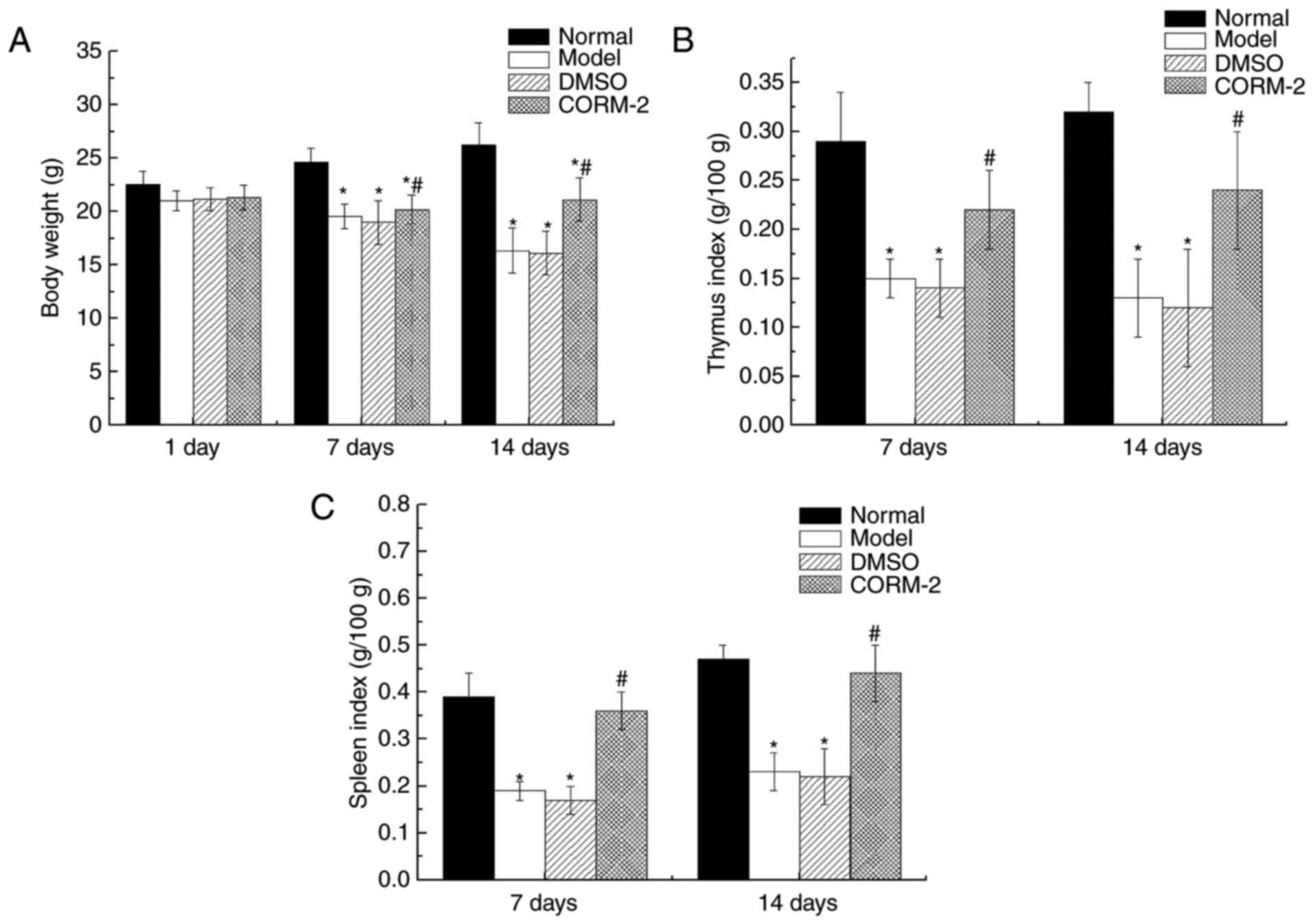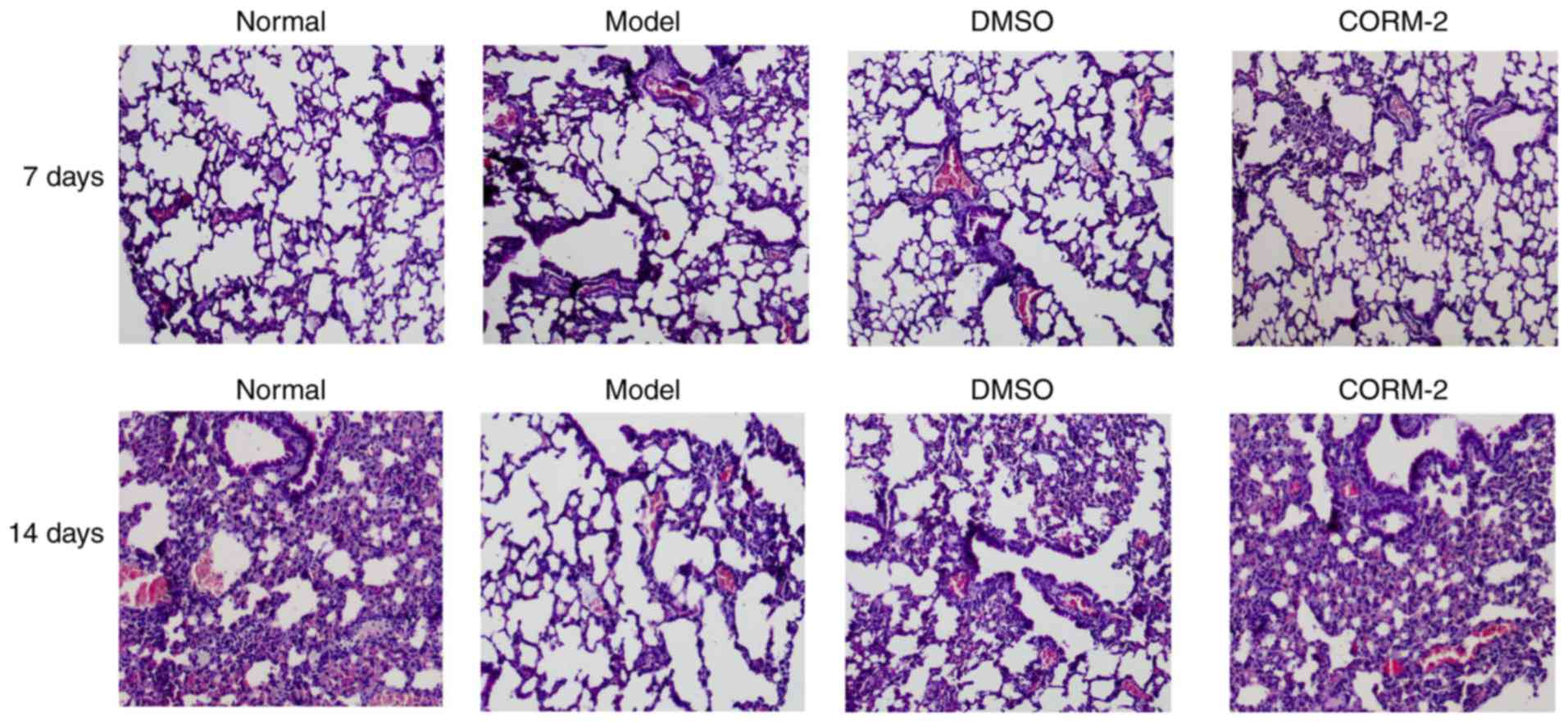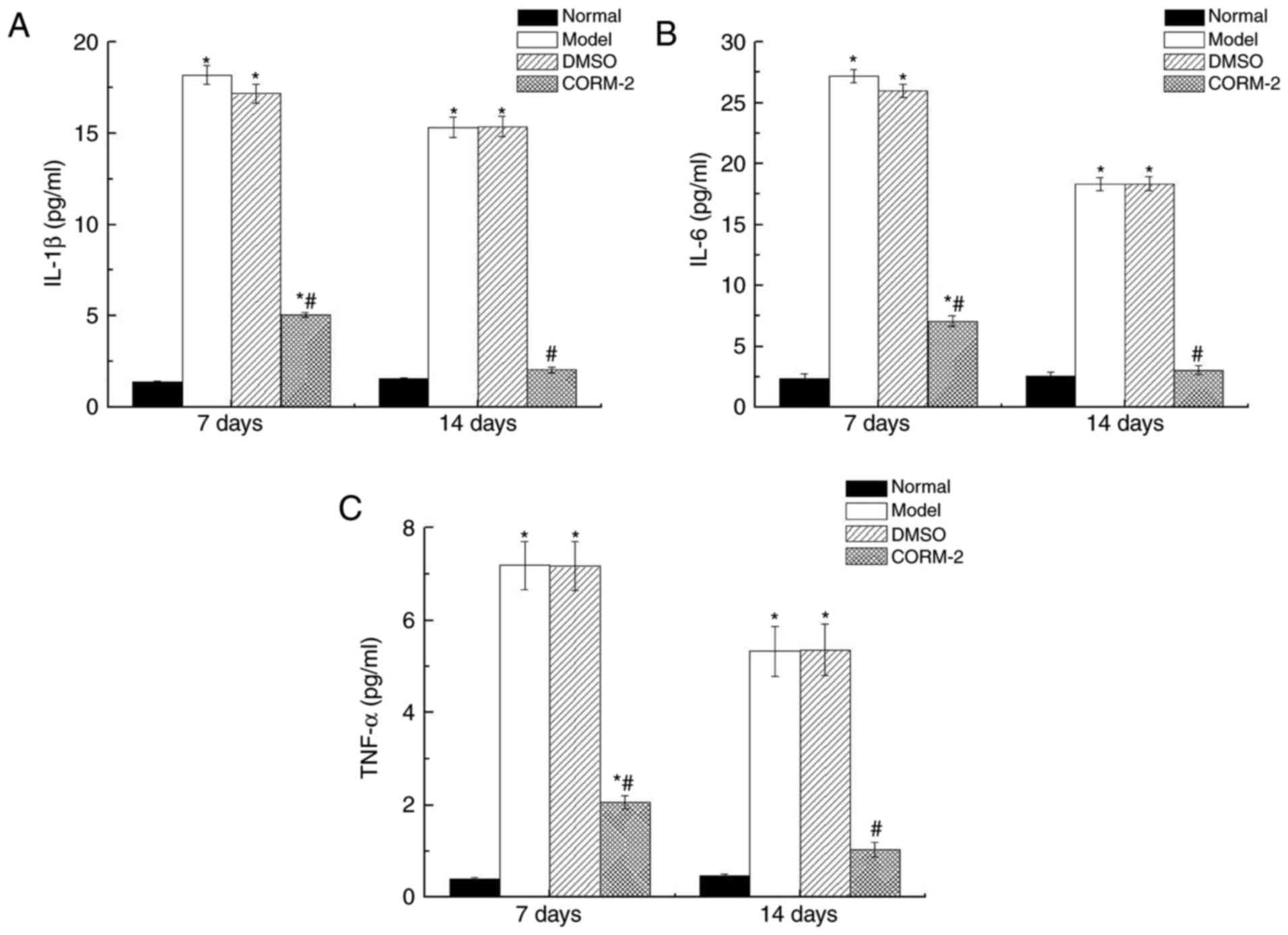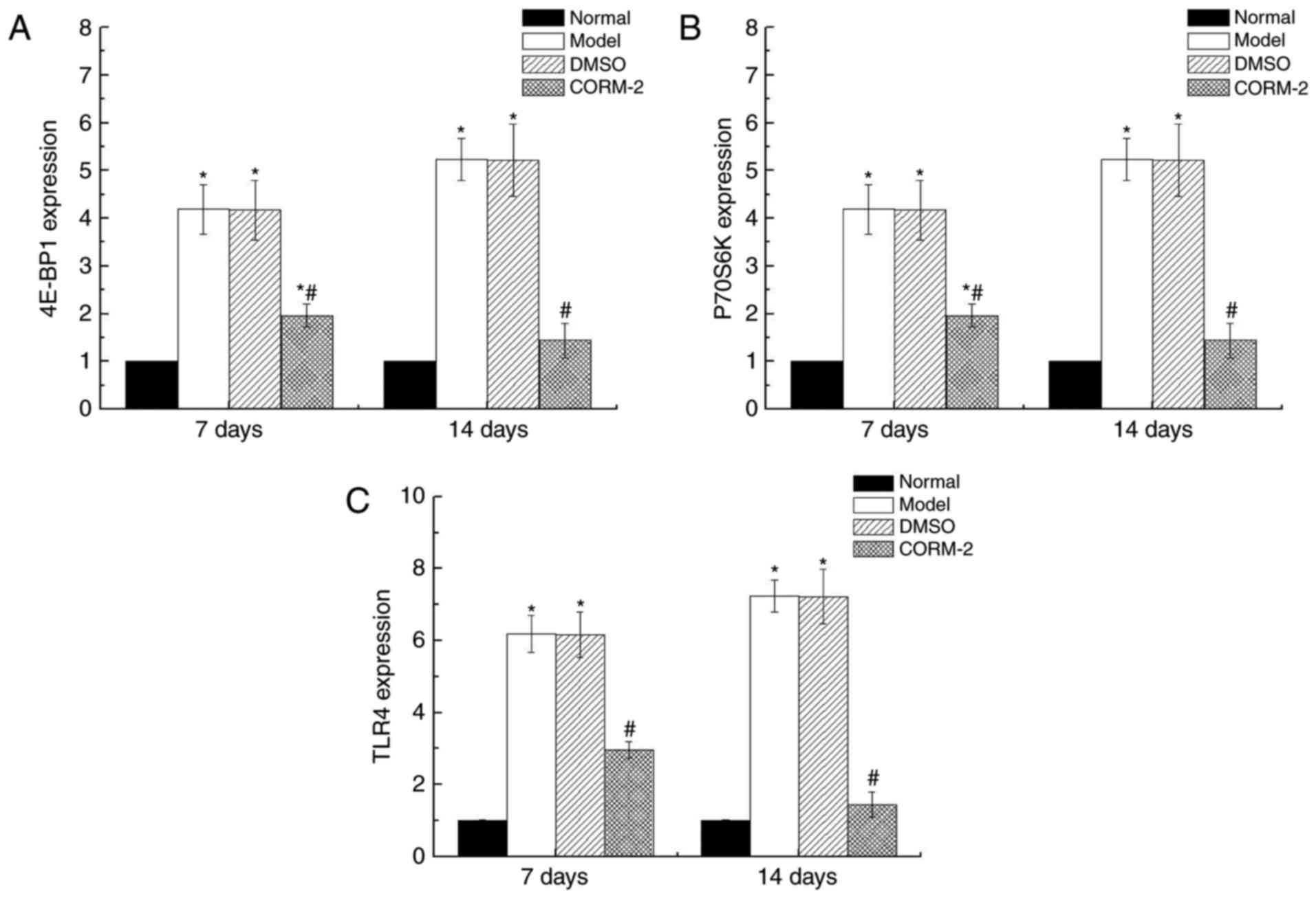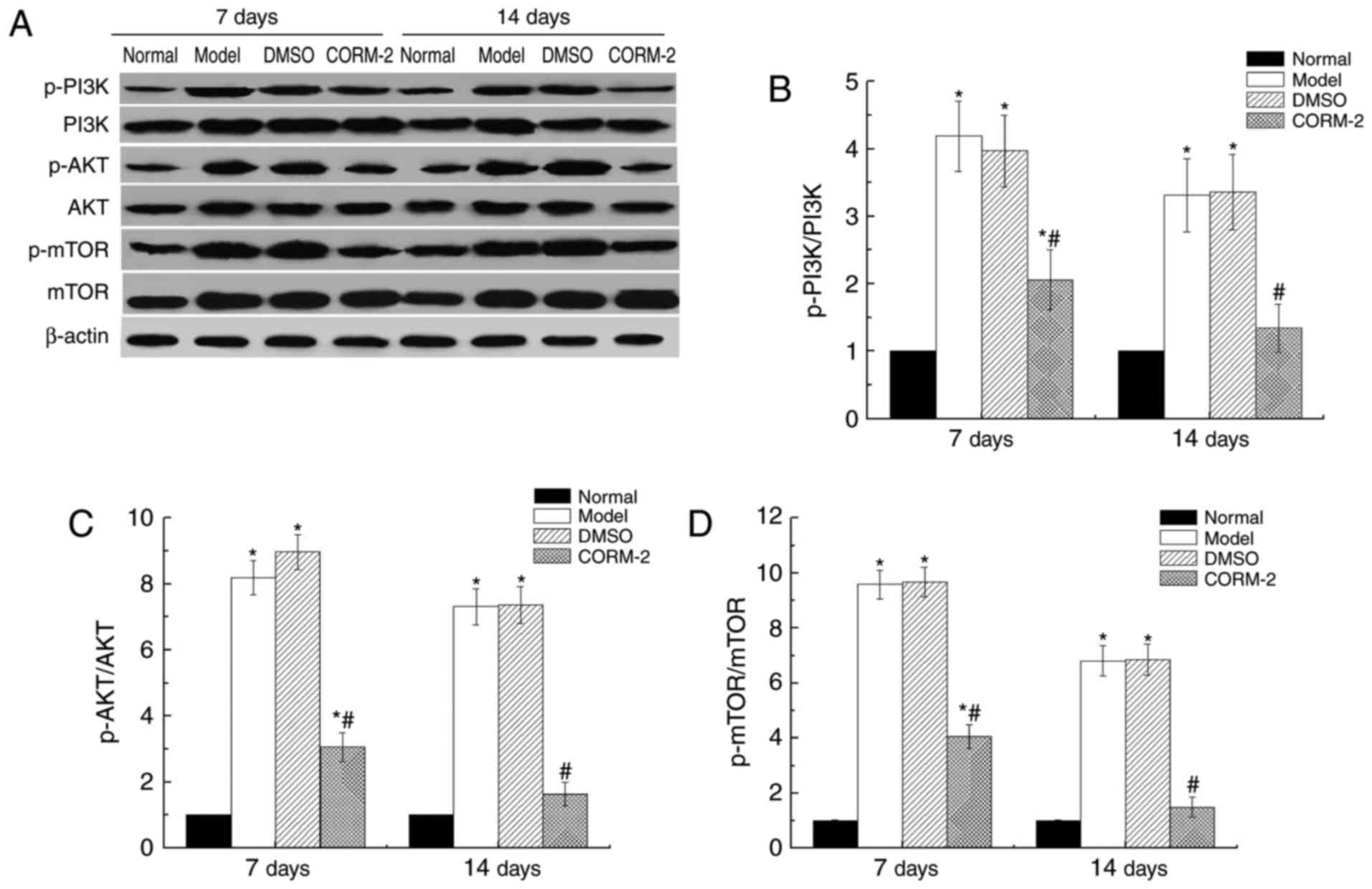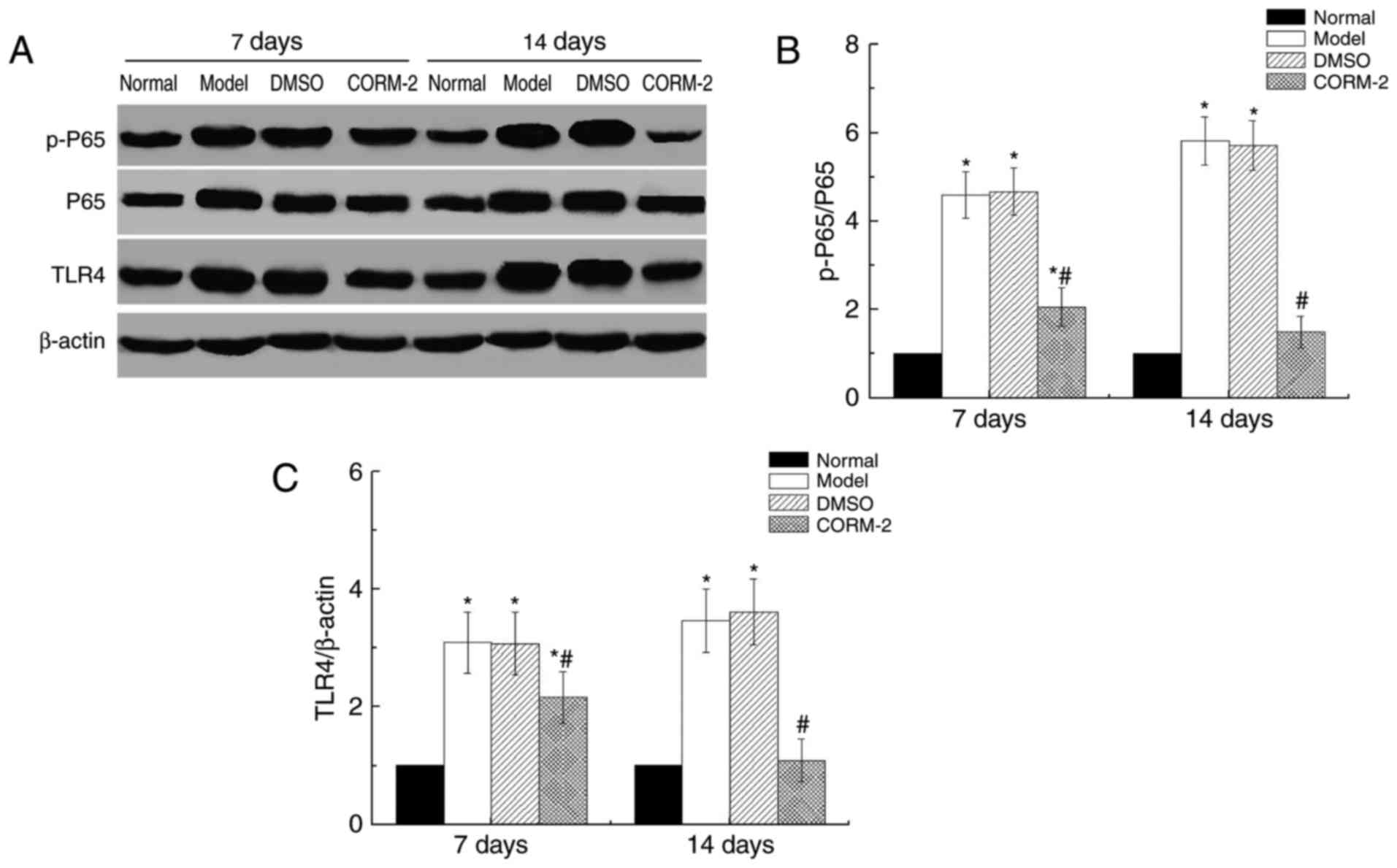|
1
|
Lei L, Huang Y and Gong W: miR-205
promotes the growth, metastasis and chemoresistance of NSCLC cells
by targeting PTEN. Oncol Rep. 30:2897–2902. 2013. View Article : Google Scholar : PubMed/NCBI
|
|
2
|
Siegel RL, Miller KD and Jemal A: Cancer
statistics, 2016. CA Cancer J Clin. 66:7–30. 2016. View Article : Google Scholar : PubMed/NCBI
|
|
3
|
Hirsch FR, Scagliotti GV, Mulshine JL,
Kwon R, Curran WJ Jr, Wu YL and Paz-Ares L: Lung cancer: Current
therapies and new targeted treatments. Lancet. 389:299–311. 2017.
View Article : Google Scholar : PubMed/NCBI
|
|
4
|
Rabe KF: Lung cancer staging: A true
story. Lancet Respir Med. 3:258–259. 2015. View Article : Google Scholar : PubMed/NCBI
|
|
5
|
Zalcman G, Bergot E, Creveuil C, Levallet
G and Lechapt E: Integrating biomarkers into clinical trials:
Methodological issues for a new paradigm in nonsmall cell lung
cancer. Curr Opin Oncol. 23:106–111. 2011. View Article : Google Scholar : PubMed/NCBI
|
|
6
|
Baranov VS, Glotov OS and Baranova EV:
Genetic and epigenetic news in gerontology. Adv Gerontol.
27:247–256. 2014.PubMed/NCBI
|
|
7
|
Tartour E and Zitvogel L: Lung cancer:
Potential targets for immunotherapy. Lancet Respir Med. 1:551–563.
2013. View Article : Google Scholar : PubMed/NCBI
|
|
8
|
National Lung Screening Trial Research
Team, . Aberle DR, Adams AM, Berg CD, Black WC, Clapp JD,
Fagerstrom RM, Gareen IF, Gatsonis C, Marcus PM and Sicks JD:
Reduced lung-cancer mortality with low-dose computed tomographic
screening. N Engl J Med. 365:395–409. 2011. View Article : Google Scholar : PubMed/NCBI
|
|
9
|
Goldstraw P, Chansky K, Crowley J,
Rami-Porta R, Asamura H, Eberhardt WE, Nicholson AG, Groome P,
Mitchell A, Bolejack V, et al: The IASLC lung cancer staging
project: Proposals for revision of the TNM stage groupings in the
forthcoming (Eighth) Edition of the TNM classification for lung
cancer. J Thorac Oncol. 11:39–51. 2016. View Article : Google Scholar : PubMed/NCBI
|
|
10
|
Curran WJ Jr, Paulus R, Langer CJ, Komaki
R, Lee JS, Hauser S, Movsas B, Wasserman T, Rosenthal SA, Gore E,
et al: Sequential vs. concurrent chemoradiation for stage III
non-small cell lung cancer: Randomized phase III trial RTOG 9410. J
Natl Cancer Inst. 103:1452–1460. 2011. View Article : Google Scholar : PubMed/NCBI
|
|
11
|
Tsao AS, Scagliotti GV, Bunn PA Jr,
Carbone DP, Warren GW, Bai C, de Koning HJ, Yousaf-Khan AU,
McWilliams A, Tsao MS, et al: Scientific advances in lung cancer
2015. J Thorac Oncol. 11:613–638. 2016. View Article : Google Scholar : PubMed/NCBI
|
|
12
|
Douglas CG, Haldane JS and Haldane JB: The
laws of combination of haemoglobin with carbon monoxide and oxygen.
J Physiol. 44:275–304. 1912. View Article : Google Scholar : PubMed/NCBI
|
|
13
|
Boehning D and Snyder SH: Circadian
rhythms. Carbon monoxide and clocks. Science. 298:2339–2340. 2002.
View Article : Google Scholar : PubMed/NCBI
|
|
14
|
Zhuo M, Small SA, Kandel ER and Hawkins
RD: Nitric oxide and carbon monoxide produce activity-dependent
long-term synaptic enhancement in hippocampus. Science.
260:1946–1950. 1993. View Article : Google Scholar : PubMed/NCBI
|
|
15
|
Kobayashi A, Ishikawa K, Matsumoto H,
Kimura S, Kamiyama Y and Maruyama Y: Synergetic antioxidant and
vasodilatory action of carbon monoxide in angiotensin II-induced
cardiac hypertrophy. Hypertension. 50:1040–1048. 2007. View Article : Google Scholar : PubMed/NCBI
|
|
16
|
Durante W, Johnson FK and Johnson RA: Role
of carbon monoxide in cardiovascular function. J Cell Mol Med.
10:672–686. 2006. View Article : Google Scholar : PubMed/NCBI
|
|
17
|
Nakahira K and Choi AM: Carbon monoxide in
the treatment of sepsis. Am J Physiol Lung Cell Mol Physiol.
309:L1387–L1393. 2015. View Article : Google Scholar : PubMed/NCBI
|
|
18
|
Akamatsu Y, Haga M, Tyagi S, Yamashita K,
Graça-Souza AV, Ollinger R, Czismadia E, May GA, Ifedigbo E,
Otterbein LE, et al: Heme oxygenase-1-derived carbon monoxide
protects hearts from transplant associated ischemia reperfusion
injury. FASEB J. 18:771–772. 2004. View Article : Google Scholar : PubMed/NCBI
|
|
19
|
Nakamura K and Smyth MJ: Targeting
cancer-related inflammation in the era of immunotherapy. Immunol
Cell Biol. 95:325–332. 2017. View Article : Google Scholar : PubMed/NCBI
|
|
20
|
Azaro A, Rodon J, Calles A, Braña I,
Hidalgo M, Lopez-Casas PP, Munoz M, Westwood P, Miller J, Moser BA,
et al: A first-in-human phase I trial of LY2780301, a dual p70 S6
kinase and Akt Inhibitor, in patients with advanced or metastatic
cancer. Invest New Drugs. 33:710–719. 2015. View Article : Google Scholar : PubMed/NCBI
|
|
21
|
Chung YH and Kim D: Enhanced TLR4
expression on colon cancer cells after chemotherapy promotes cell
survival and epithelial-mesenchymal transition through
phosphorylation of GSK3β. Anticancer Res. 36:3383–3394.
2016.PubMed/NCBI
|
|
22
|
Mundi PS, Sachdev J, McCourt C and
Kalinsky K: AKT in cancer: New molecular insights and advances in
drug development. Br J Clin Pharmacol. 82:943–956. 2016. View Article : Google Scholar : PubMed/NCBI
|
|
23
|
Rinkenbaugh AL and Baldwin AS: The NF-kB
pathway and cancer stem cells. Cells. 5:E162016. View Article : Google Scholar : PubMed/NCBI
|
|
24
|
Motterlini R and Otterbein LE: The
therapeutic potential of carbon monoxide. Nat Rev Drug Discov.
9:728–743. 2010. View
Article : Google Scholar : PubMed/NCBI
|
|
25
|
Tenhunen R, Marver HS and Schmid R: The
enzymatic conversion of heme to bilirubin by microsomal heme
oxygenase. Proc Natl Acad Sci USA. 61:748–755. 1968. View Article : Google Scholar : PubMed/NCBI
|
|
26
|
Dercho RA, Nakatsu K, Wong RJ, Stevenson
DK and Vreman HJ: Determination of in vivo carbon monoxide
production in laboratory animals via exhaled air. J Pharmacol
Toxicol Methods. 54:288–295. 2006. View Article : Google Scholar : PubMed/NCBI
|
|
27
|
Foresti R, Bani-Hani MG and Motterlini R:
Use of carbon monoxide as a therapeutic agent: promises and
challenges. Intensive Care Med. 34:649–658. 2008. View Article : Google Scholar : PubMed/NCBI
|
|
28
|
Motterlini R, Clark JE, Foresti R,
Sarathchandra P, Mann BE and Green CJ: Carbon monoxide-releasing
molecules: Characterization of biochemical and vascular activities.
Circ Res. 90:E17–E24. 2002. View Article : Google Scholar : PubMed/NCBI
|
|
29
|
Xie J, Wang X and Proud CG: mTOR
inhibitors in cancer therapy. F1000Res. 5:F1000 Faculty Rev.
–2078E. 2016. View Article : Google Scholar : PubMed/NCBI
|
|
30
|
Crusz SM and Balkwill FR: Inflammation and
cancer: Advances and new agents. Nat Rev Clin Oncol. 12:584–596.
2015. View Article : Google Scholar : PubMed/NCBI
|
|
31
|
Cho WC, Kwan CK, Yau S, So PP, Poon PC and
Au JS: The role of inflammation in the pathogenesis of lung cancer.
Expert Opin Ther Targets. 15:1127–1137. 2011. View Article : Google Scholar : PubMed/NCBI
|
|
32
|
Wang R, Ganesan S and Zheng XF: Yin and
yang of 4E-BP1 in cancer. Cell Cycle. 15:1401–1412. 2016.
View Article : Google Scholar : PubMed/NCBI
|
|
33
|
Riedl A, Schlederer M, Pudelko K, Stadler
M, Walter S, Unterleuthner D, Unger C, Kramer N, Hengstschläger M,
Kenner L, et al: Comparison of cancer cells in 2D vs. 3D culture
reveals differences in AKT-mTOR-S6K signaling and drug responses. J
Cell Sci. 130:203–218. 2017. View Article : Google Scholar : PubMed/NCBI
|















